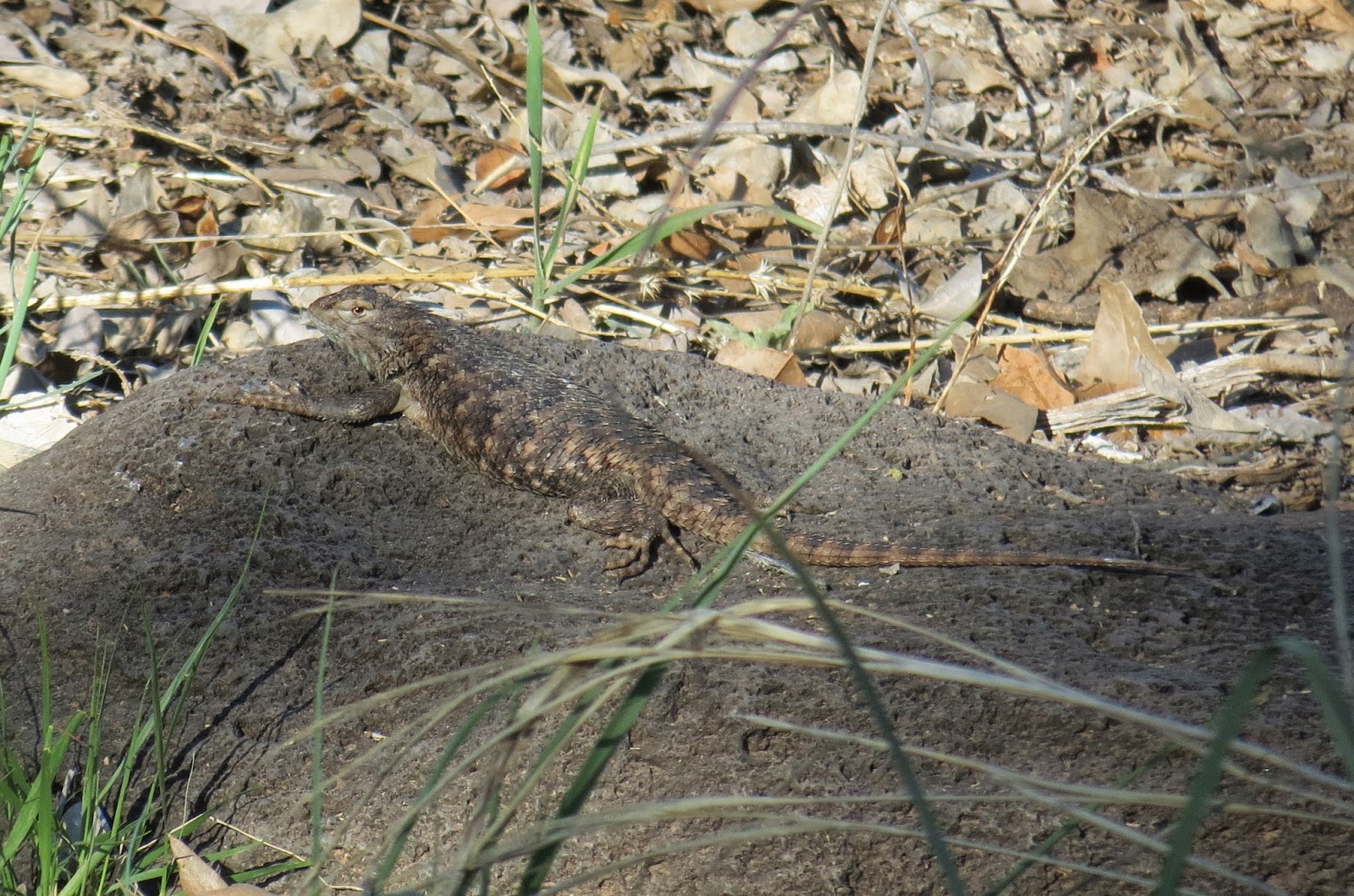While camping in the Verde Valley we visited the sites of several ancient peoples who once lived here, building cliff dwellings and pueblos. The first is known as Montezuma Castle.
Southern Sinagua farmers built this 5-story, 20 room dwelling between 1100 and 1300.
Early American settlers assumed it was Aztec in origin and named it Montezuma Castle.
Many alcoves and rock shelters throughout the valley served as homes, storage units or spiritual sites.
The name Sinagua was coined in the 1930s after what Spanish Explorers had named the peaks to the north Sierra Sin Agua (Mountains without water). No one knows what these ancient people called themselves.
Now badly deteriorated, there remains the ruins of another 5-story dwelling that had about 45 rooms a short distance west of Montezuma Castle. It is referred to as Castle A.
This diagram shows where the rooms were located.
The alcoves now belong to honey bees and swallows. This is a huge honeycomb.
The name Sinagua is really a misnomer, because these people had a ready supply of water below the cliffs.
A diorama depicting what life may have been like in the cliff dwelling. A recording described what was taking place in each room.
And they were not alone...
It is a limestone sink still fed continuously from the bottom by flowing springs. The Southern Sinagua built irrigation ditches and used the water to irrigate their crops.
The Well has no fish due to high levels of carbon dioxide. Only 5 unique species live here...a shrimp-looking amphipod, a leech, a tiny snail, a water scorpion, and a one-celled plant called a diatom. The water also has high levels of arsenic.
We saw a few ducks.
Where the water comes from.
You can see some cliff dwellings on the opposite wall.
Cliff dwellings above the Well.
There is a trail that goes down to the water level and the place where water flows out.There are more rock shelters down there.
Very old graffiti/advertisement. This has been a tourist attraction for a long time.
Ruins of more dwellings.
Where water flows out of the Well.
Another trail takes you down the outside of the well to where the water comes out, and the ancient people built irrigation ditches.
You can see one of the irrigation ditches here.
Water emerges and flows along the base of this cliff.
Water outflow.
A short distance from the Well is this ruin of a Pit House which dates to about 1050. Several families might have lived here, or it may have been a community structure.
Our next trip was to Tuzigoot National Monument in Cottonwood, about 15 miles away.
Built on a hilltop, this Pueblo was occupied by the Sinagua people between 1100 and 1425.
One room has been reconstructed to show the wooden roof and support structure.
The view from the top. Water for farming came from the bearby Verde River and a marshy area fed by springs.
In the distance you can see the old copper mining towns of Clarkdale,
and Jerome.
A trail leads out to an overlook over the marsh. Dogs were allowed at all these places.
Looking back at Tuzigoot Pueblo.
Yet another day we drove east toward Payson and the Mogollon Rim. There we found another village ruins of early farmers.
About the village and the people who lived here.
A partially reconstructed house.
Diagram of what the homes may have looked like.
All that remains are outlines of the structures in foundation stones.
A view of the Mogollon Rim. A place I will have to return to to explore some more someday.
We drove up to the Mogollon Rim Visitors Center, but were running out of time, so that's as far as we got.
View from the Mogollon Rim Visitor Center.
The Center is still closed for the season...opens sometime in May.
The signs weren't flashing, so we saw no elk.
Meanwhile, back at Clear Creek Campground, we enjoyed relaxing and watching some other critters.
Like this Desert Spiny Lizard, one of a pair sunning themselves outsie Birdie's RV.
And this Zone-tailed Hawk.
Lots of hummingbirds came to my window feeder.
Great Blue Heron in a tree near the creek.
Dusky Flycatcher
We took walks along Clear Creek.
A bunch of yellow butterflies,
And walks into the wilderness above the campground.
American Kestrel
Thistle's favorite new way to get a drink.
This Gila Woodpecker came to my hummingbird feeder too.
Next post will be our kayaking adventure on the Verde River.






































































You really packed a lot of sightseeing into that one trip. Busy ladies. Very interesting. Lizards are a new photo subject. I've never seen one that was irridescent like the one in one of your pictures.
ReplyDelete